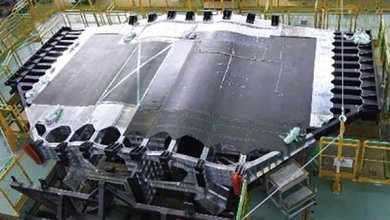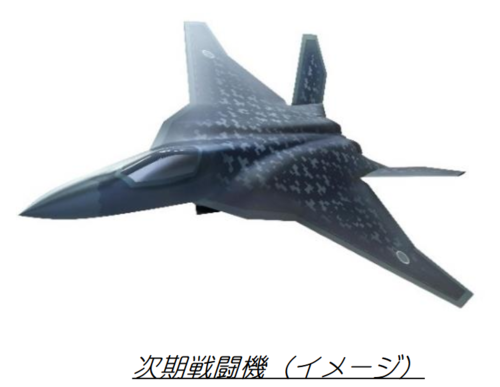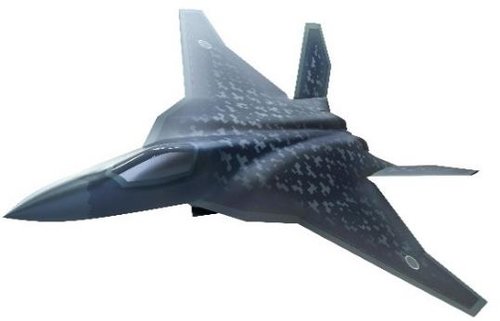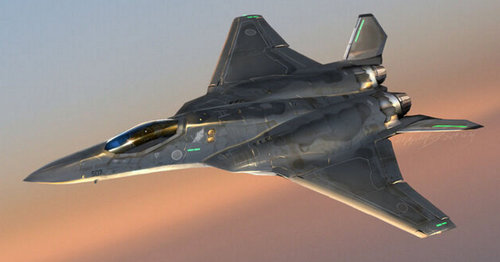With Glue, Japan Uses Composite For Fighter Substructure
Nov 20, 2018 Bradley Perrett | Aerospace Daily & Defense Report
TOKYO—Japanese engineers, working on replacing fasteners with glue, are applying composite to combat-aircraft substructure as well as the skin.
A full-scale mid-fuselage, now under strength testing as part of the technology acquisition effort for Japan’s Future Fighter program, incorporates the arrangement. The test specimen is built up from modules in which composite skin is glued to composite frames and beams that are themselves joined to each other with adhesive.
Evaluation is not complete, but so far no major problem has arisen, says an official of the defense ministry’s Acquisition, Technology and Logistics Agency (ATLA), which is undertaking the work in partnership with Mitsubishi Heavy Industries (MHI). Testing is due to end on March 31, 2019. But the technology is difficult, says the official, suggesting more time may be needed.
In the analysis of Japanese engineers, a key factor preventing general use of composite substructure has been the intolerance of the material to mistakes in drilling, which results in a high scrap cost. But the problem almost disappears if glue is used instead: very little drilling is required.
The specimen mid-fuselage has been built to one of the concept designs that ATLA prepared for the fighter, which would be a large combat aircraft entering service in the 2030s. The government is considering alternatives to an indigenous program, including joint international development—but an aircraft developed with another country could still use know-how that Japan had accumulated in anticipation of going alone.
MHI built the mid-fuselage in fiscal 2017. It is 8.6 m (28.2 ft.) wide and 5.2 m long. This test specimen follows a smaller glued-composite structure that was previously evaluated. Thanks to the bonding technology, the mid-fuselage is a little simpler than might be expected if it had been built with the usual technology: it has fewer structural elements.
The specimen has been taken to limit load, the highest intended for flight, but not yet to ultimate load, which is 50% greater, the official says, speaking at an ATLA technology seminar.
Engineers are looking for failure in the adhesive and in material close to joints. So far they have seen none, the official said. As ATLA has previously described, the assemblies are made of elements cured separately in autoclaves and bonded under pressure.
Apart from creating the opportunity to use more composite, bonding creates a large direct saving in weight: Compared with fasteners, the glue has little mass, and the parts do not need to be thickened around holes.
ATLA estimates the structure under test weighs 10% less than it would if it had been made with fasteners and the composite-metal ratio of the MHI F-2 fighter, itself a step forward in use of lightweight materials. The agency will not say how much weight is saved within the composite alone.
The mid-fuselage still needs metal in the belly area, to absorb complex loads from the landing gear, a task for which composite is not suited. The weapon bay, also in the lower part of the mid-fuselage, also needs to be made of metal.
Fatigue testing of the Japanese technology would be desirable but has not yet been funded. Such work would have to be done with a smaller piece, to hold down the size and cost of a refrigeration facility that would be needed, the official says.











